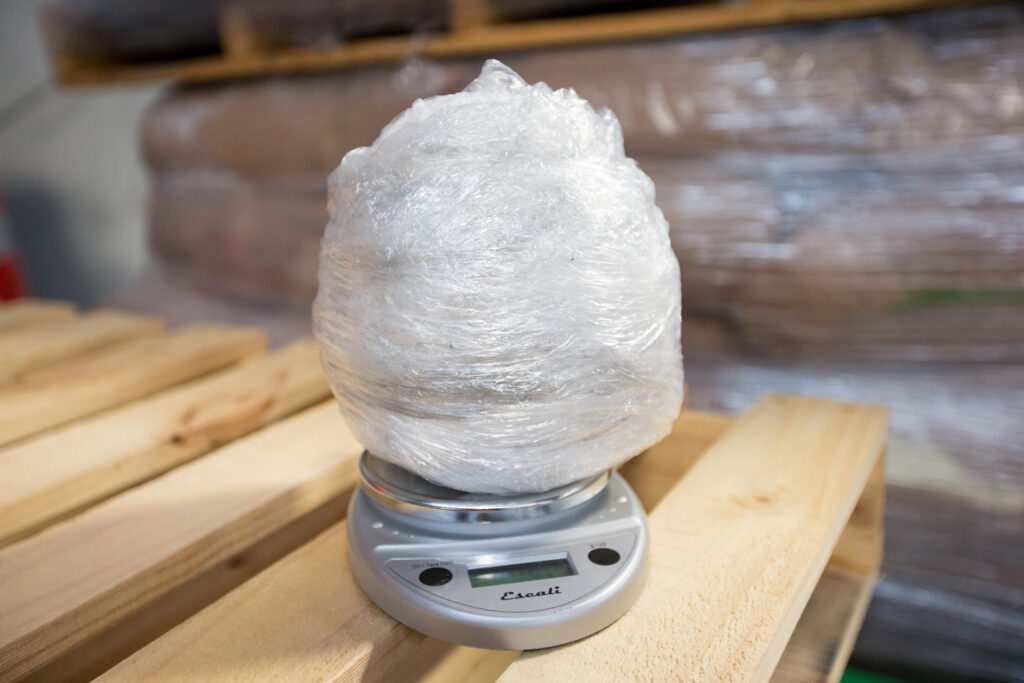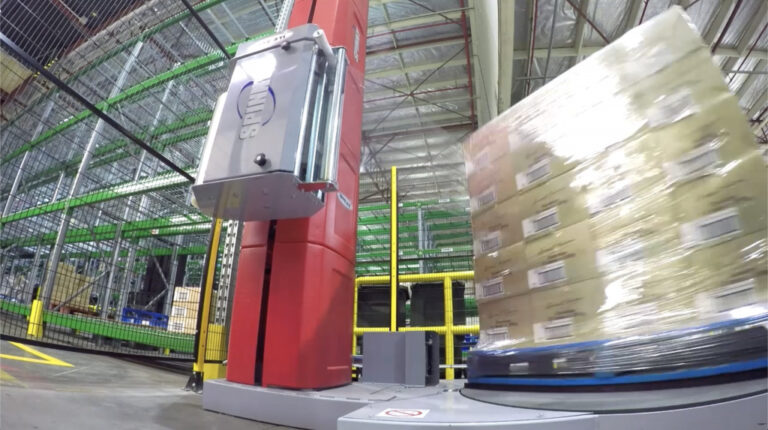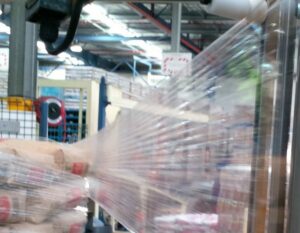Home » Measure by measure
Measure by measure
How do you measure how much your pallet wrap is costing your company?
In New Zealand, our work involves a lot of analysis to ensure we can provide absolute clarity to our customers. Sometimes during this process, we’ll find a big difference between the real and perceived value in pallet wrap.

‘Real value’ is how much a product costs, how useful it is and how much value it actually provides. ‘Perceived value’ is an altogether more abstract amount representing how much people feel a product is worth.
Often it comes down to a good design or tagline (‘diamonds are forever’). Other times it’s an emotive response (there’s a great story about Frederick the Great decreeing the humble potato a ‘royal vegetable’ to ensure the peasants would grow them).
Quite often however it’s simply a lack of information on a particular product. Without the right measurements, nobody can make a decision on the real value. We asked our resident application specialist Jed Goudie about how he helps ‘keep it real’ for this value-sized article…
How understanding real versus
the perceived cost can prove invaluable.
So, are you wrong?
Kiwi companies aren’t necessarily mistaken in their pallet wrap choice.
“Customers don’t make mistakes. They make the best decision based on the information that is available to them,” says Jed. “What the description of a roll of stretch film doesn’t tell you is how many pallets it will wrap.”
“So a company that has recently switched suppliers may base their budget on what the new roll cost is and multiply this by the number of rolls they have used the previous year. This is logical and, provided the film is identical in its composition, you’ll be close enough.”
“If you’re following best practice processes you’ll work with a reputable stretch film supplier to incorporate the cost of stretch film into the bill of materials,” he continues. “It does take time and it helps if you’re supported by someone with experience who is familiar with the process.”
According to Jed, getting the initial cost “is the easy part.” The secret is to remain consistent throughout the year ahead.

A matter of trust (and testing to prove it)
There are many pallet packaging products available in New Zealand and companies can be overwhelmed by choice.
“Customers often know that they could be doing a lot better with their stretch film usage,” says Jed. “The challenge is getting the trusted supplier relationships sorted to ensure they have the much-needed expertise here.”
It’s also difficult to visualize any potential savings before any testing is done, and a reluctance to believe some claims.
“A reduction in film costs of more than 35% is a very attractive proposition – but this can be very difficult to see if you’re basing it on roll cost. Older films that traditionally were very thick and tough are now viewed as having a significant environmental impact too. New technology has bought films that have superior load containment properties while using a fraction of the film.”
These films are more expensive in cost-per-roll. However the cost-per-load is a lot less – which is where the ‘real’ savings come in.
Waste not. Want not?
The actual results on the packaging budget may not be obvious to begin with.
“Buying a highly competitively priced roll is logical on paper and is often supported by the operators,” says Jed. “This film can be in some instances very strong, and less pallet film breakage is always attractive.”
It may seem like a win-win. However, despite this product being supported by procurement and operations, it still may not be the best product from both a wastage and cost perspective.
“The proof quite simply lies in the amount of film per pallet that is needed for secure load containment,” says Jed. “Groundbreaking resins and nano-layer structures provide the containment properties while using a fraction of the film. So you get both sustainability benefits and value at the bottom line.”
The perfect union
We asked Jed how to get the most from the film. His response is that companies should always look beyond the pallet wrap.
“Stretch film and wrapping machinery is like a marriage. Life is just so much better for everyone if they get on. That’s why a packaging expert will not provide stretch film recommendations and pricing without first understanding the machinery it is being used on and its application.”
“Here the age, condition and design of the equipment can place limitations on what film is best suited. Sometimes simple modifications and upgrades can bring older equipment up to speed.”
Before you take the next step
Jed recommends that any companies thinking of changing pallet wrap should first ask to see relevant case studies, particularly where the film has delivered savings in similar operations.
“Don’t be afraid to call the references,” he says. “Also, get the supplier to come onsite and spend time with the team around the wrapper. At this stage someone who knows what they’re doing will be able to analyse the film determine the cost per pallet.”
Consultation is a two-way street he explains. “They (the customer) understand their business the best. A good stretch film supplier is simply there to provide the right support, adding ‘real’ value with their expertise.”
